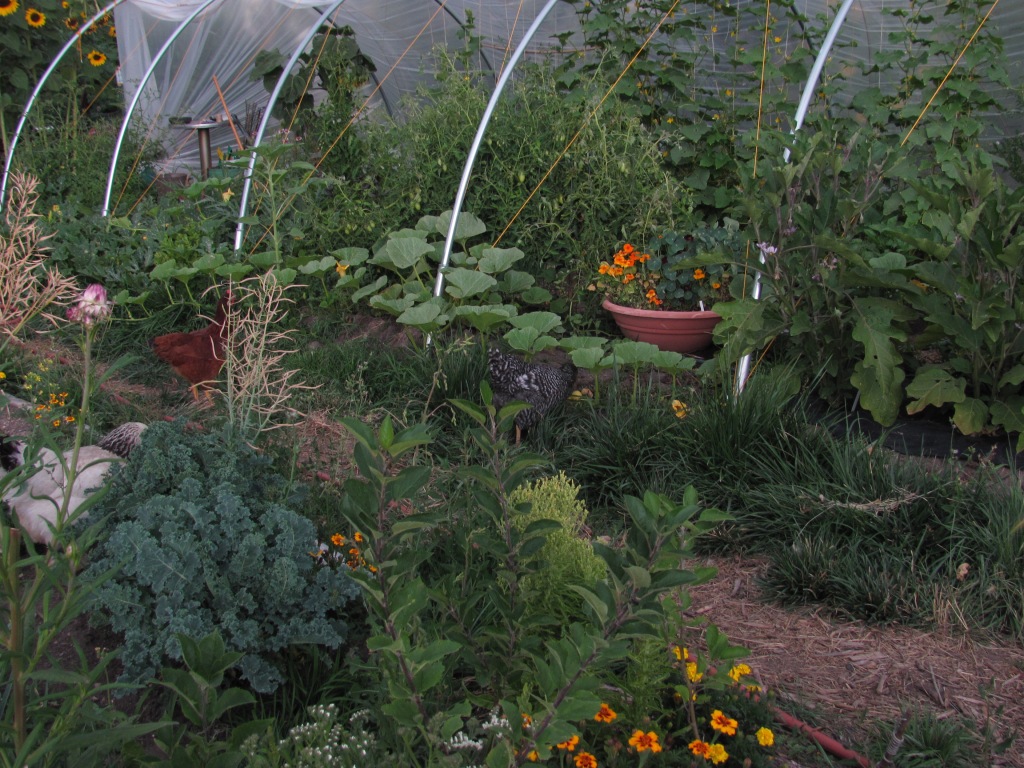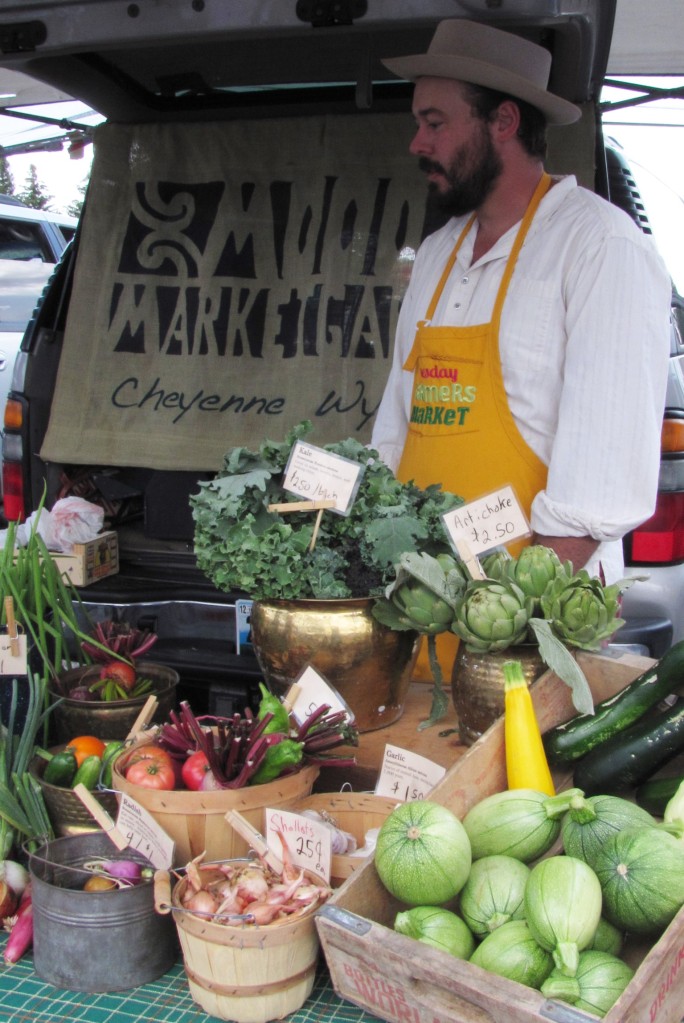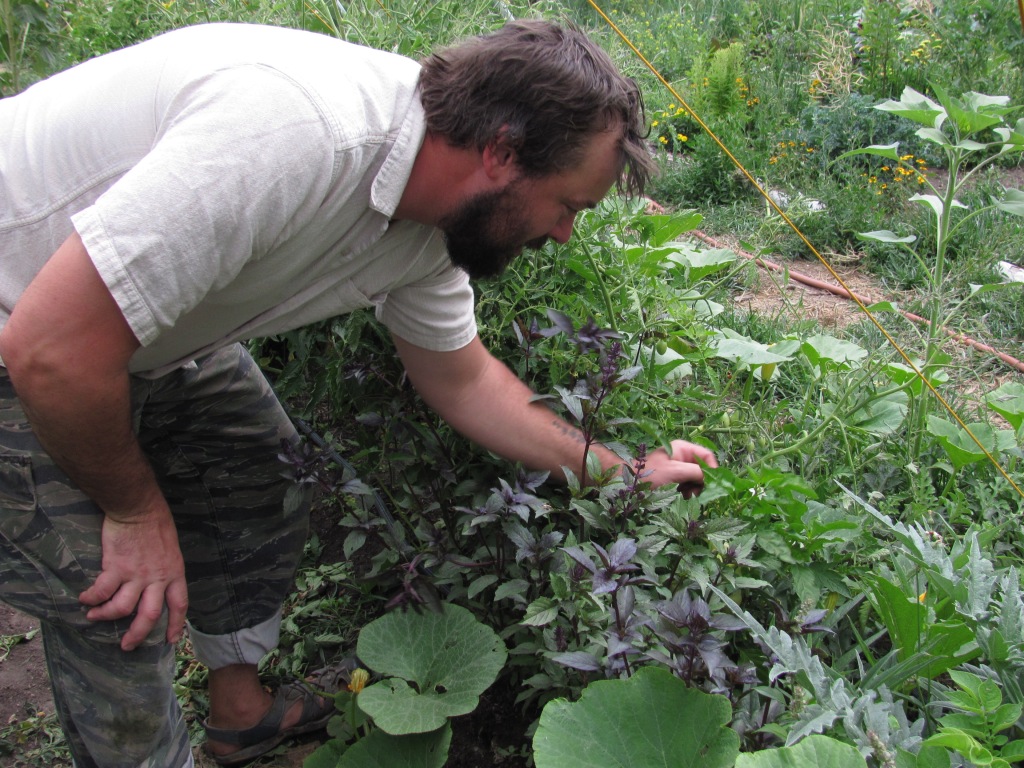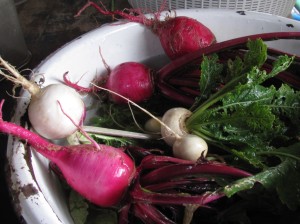“Late summer in the garden: rogue sunflowers and pumpkins take over,” was published Sept. 11, 2021, in the Wyoming Tribune Eagle.
By Barb Gorges
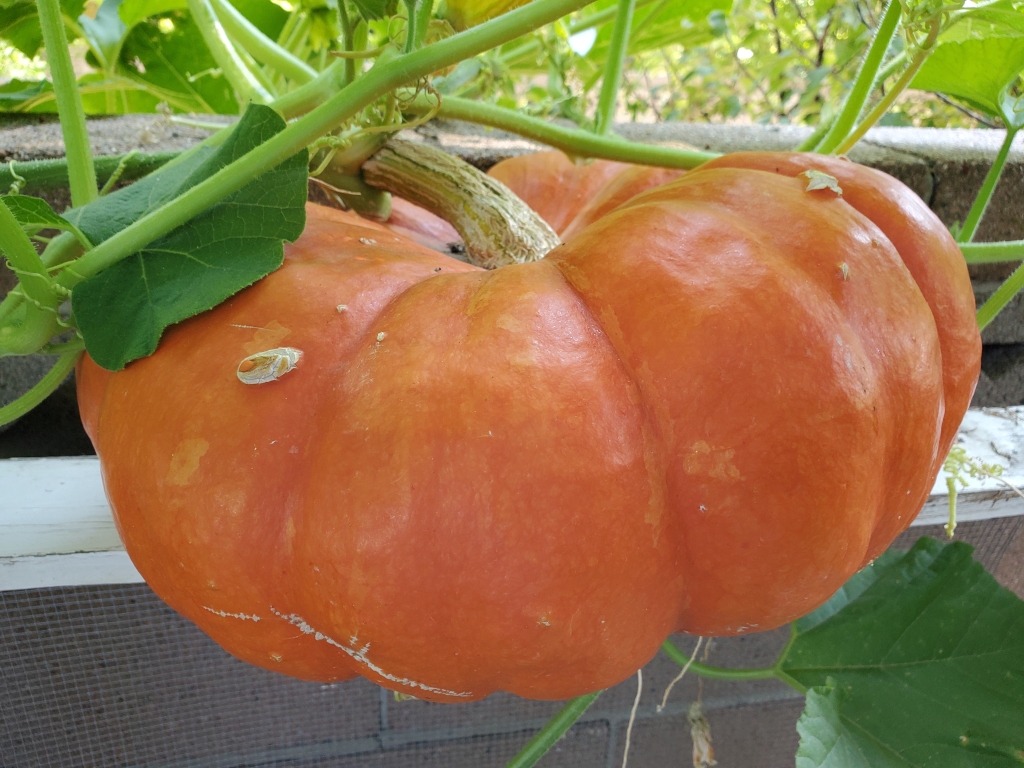
This summer, I’ve discovered that gardens need editing. The authors, Thomas Rainer and Claudia West, of the garden book I’m rereading, “Planting in a Post-Wild World,” talk about editing to improve how a garden “reads.”
It means that if the Maximilian sunflower (a perennial) gets comfortable and starts spreading, out-competing its neighbors, do I want one whole garden bed to be full of 6 to 10-foot tall stalks only embellished in September with yellow flowers along their length? No, I don’t. I would like to still be able to “read” or see a few other kinds of plants in that garden bed. So, I started pulling the stalks. They grow off an underground rhizome and they are easy to yank out.
Maximilian seeds from different sources planted in different places in our yard have different spreading habits and bloom times. The hot, dry, side garden produced a few flowers by early August, in time for the fair. Another clump blooms in September but hasn’t spread at all. Perhaps it has tougher neighboring perennial competitors.
Speaking of the fair, my list of potential floriculture entries was edited by half by leaf cutter bees. The scalloped edges of leaves they leave behind won’t win any ribbons or premiums. On the other hand, it shows my planting for pollinators is successful.
The feathery blue flowers of perennial bachelor buttons looked spectacular in June. Over the last 30 years they have become a thick drift, suffocating perennials I’ve put in to provide color the rest of the summer. By August, they look exhausted, so I cut them back—they don’t stand up well as “winter interest.” Time to dig some out and give more space to the fall-blooming asters and a variety of black-eyed Susans that bloom much later than the showy ones that got a blue ribbon.
Every year, gardening in Cheyenne is different. I think due to the 30 inches of snow in March, plants that need winter moisture did well. That maybe explains the peony that finally bloomed years after being planted and the grape vines finally growing more than two feet. But it doesn’t explain why only one of 25 irises bloomed. Charlette at C & T Iris Patch said to give them another year’s chance.
Our red twig (red osier) dogwood grew more than usual. Many of the stems are green now so I pruned the oldest at ground level to encourage new red stems. And then I put the thinnest twigs in a bucket of water to see if they will sprout roots.
But one of the euonymus bushes lining the front walk seems to be dying. The six-shrub hedge was probably planted when the house was built in 1962. Catherine Wissner, Laramie County Extension horticulturist, thinks it’s verticillium wilt, a soil-borne fungal disease, and I should dig up the infected shrub and soil. However, the shrub next to it looks great—I’m sure its roots mingle with the sick shrub. Chokecherry sprouts are wasting no time in moving in. Perhaps we can keep them pruned to blend in.
It’s a very good year for chokecherries. The shrubs the birds planted in the alley are full of fruit—too much for the robins to keep up with so Mark is getting to harvest some.
This is about the sixth year Mark has grown Anna Maria’s Heart heirloom tomatoes and they are bigger and meatier than ever. Part of it might be this warmer summer. Part of it may be backyard genetics because every year Mark saves the seeds from the best tomatoes.
On a lark, Mark planted a couple Cinderella pumpkin seeds I saved a few years ago. He started them inside and then transplanted them to what used to hold garbage cans and is now essentially a 3 x 4-foot, 3.5-foot-deep brick compost bin.
The pumpkins have grown 15-inch diameter leaves on yards of vines climbing right over the spruce trees in one direction and escaping into the alley in the other. At the end of July, we found a softball-sized flattish pumpkin (Cinderella’s carriage was a flattish pumpkin) that quickly grew over the next month. It will eventually turn red—if we have a long, warm fall (but with rain, please) so it can fully ripen.
I hope all of you have had a successful growing season, at least in some aspect. Make notes to help you remember what to try next year.



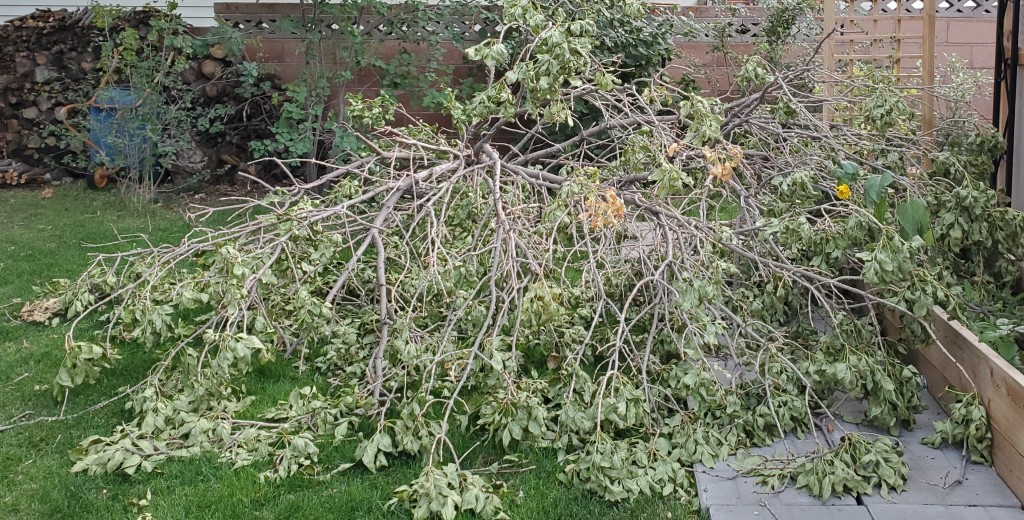
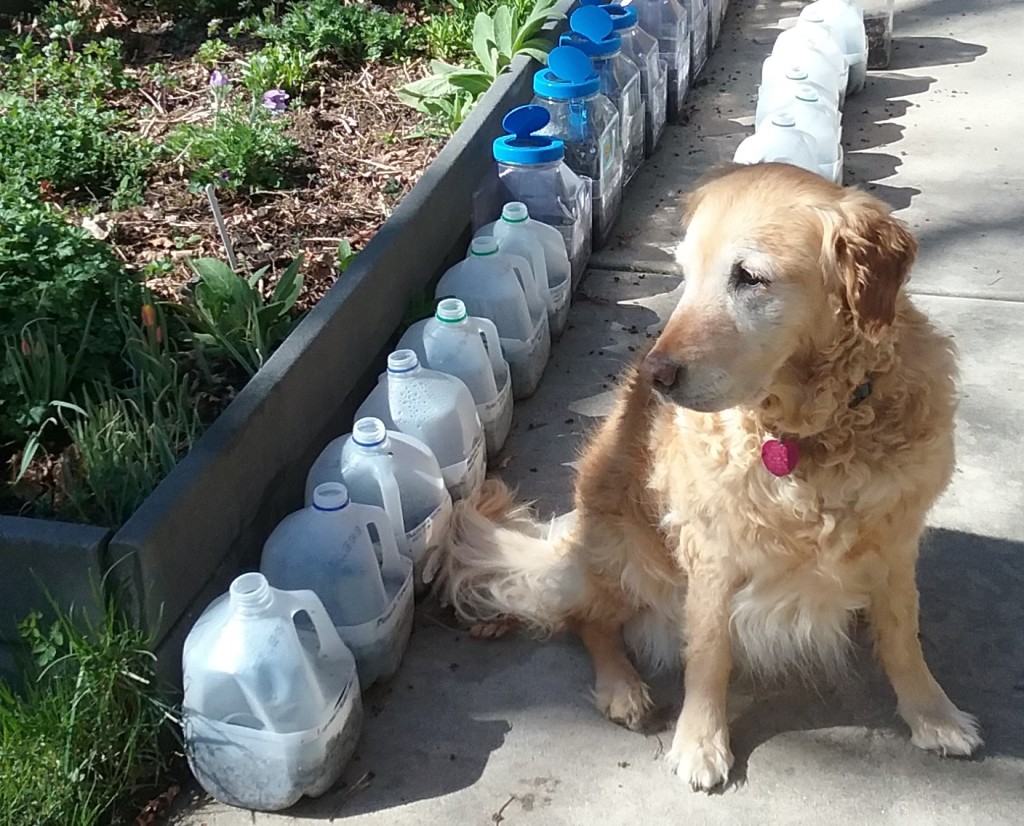
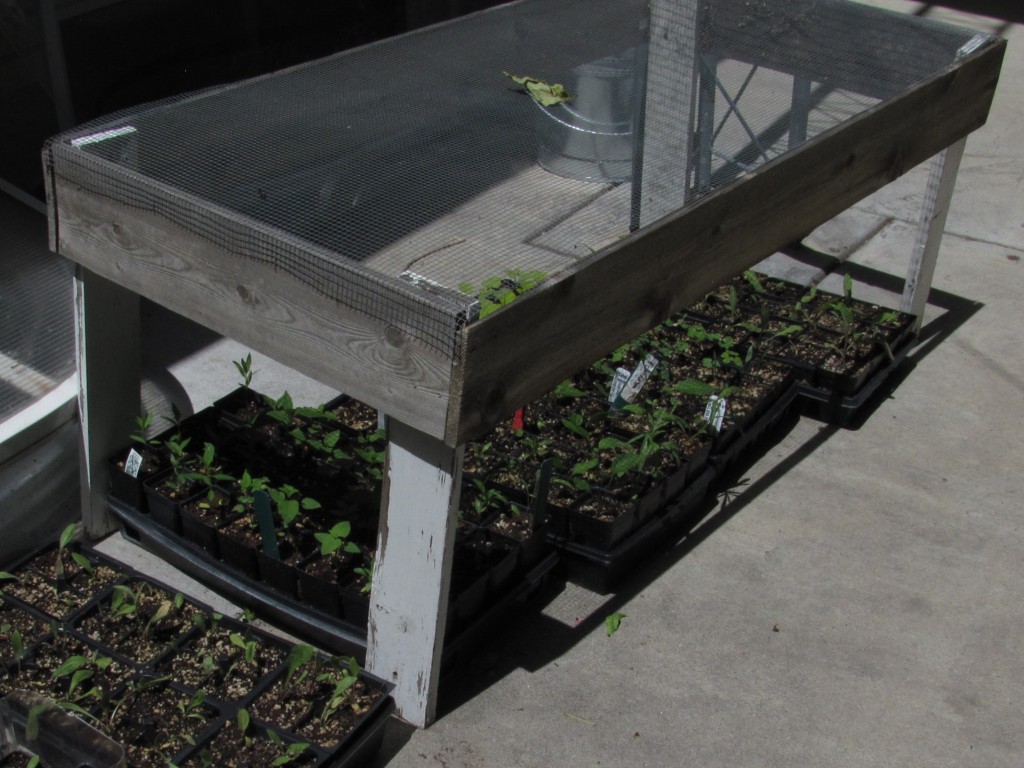
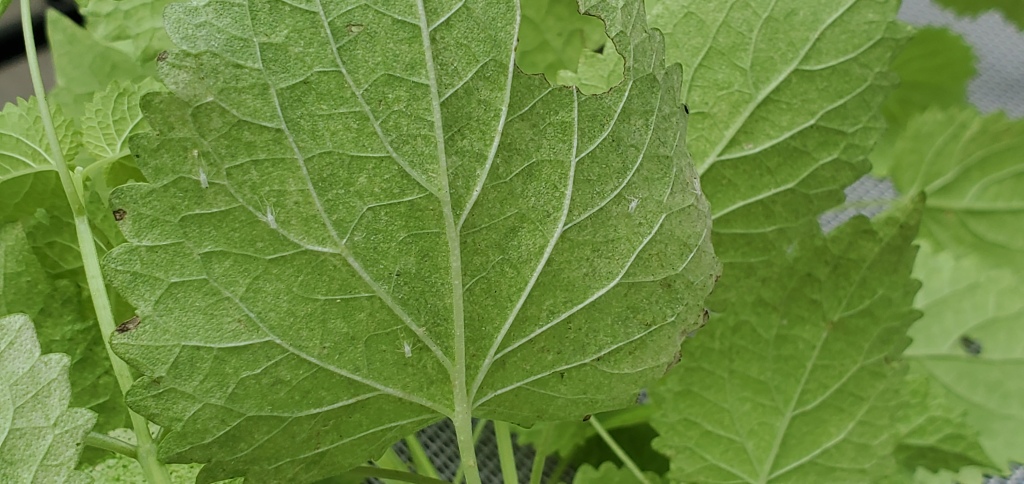
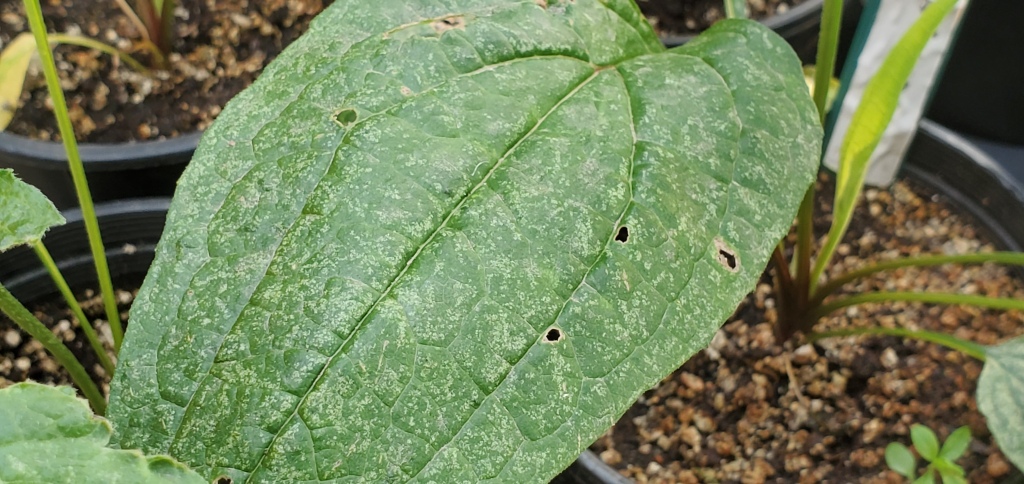






 Seed Library of Laramie County offers gardening classes
Seed Library of Laramie County offers gardening classes The two local organizations have sponsored the cost, Master Gardeners’ part is from its annual plant sale. Costs include keeping up with the demand for seed, printing packets and educational materials, and purchasing what resembles a card catalog for organizing the seed packets. Donations of additional seeds and funds are appreciated.
The two local organizations have sponsored the cost, Master Gardeners’ part is from its annual plant sale. Costs include keeping up with the demand for seed, printing packets and educational materials, and purchasing what resembles a card catalog for organizing the seed packets. Donations of additional seeds and funds are appreciated.
